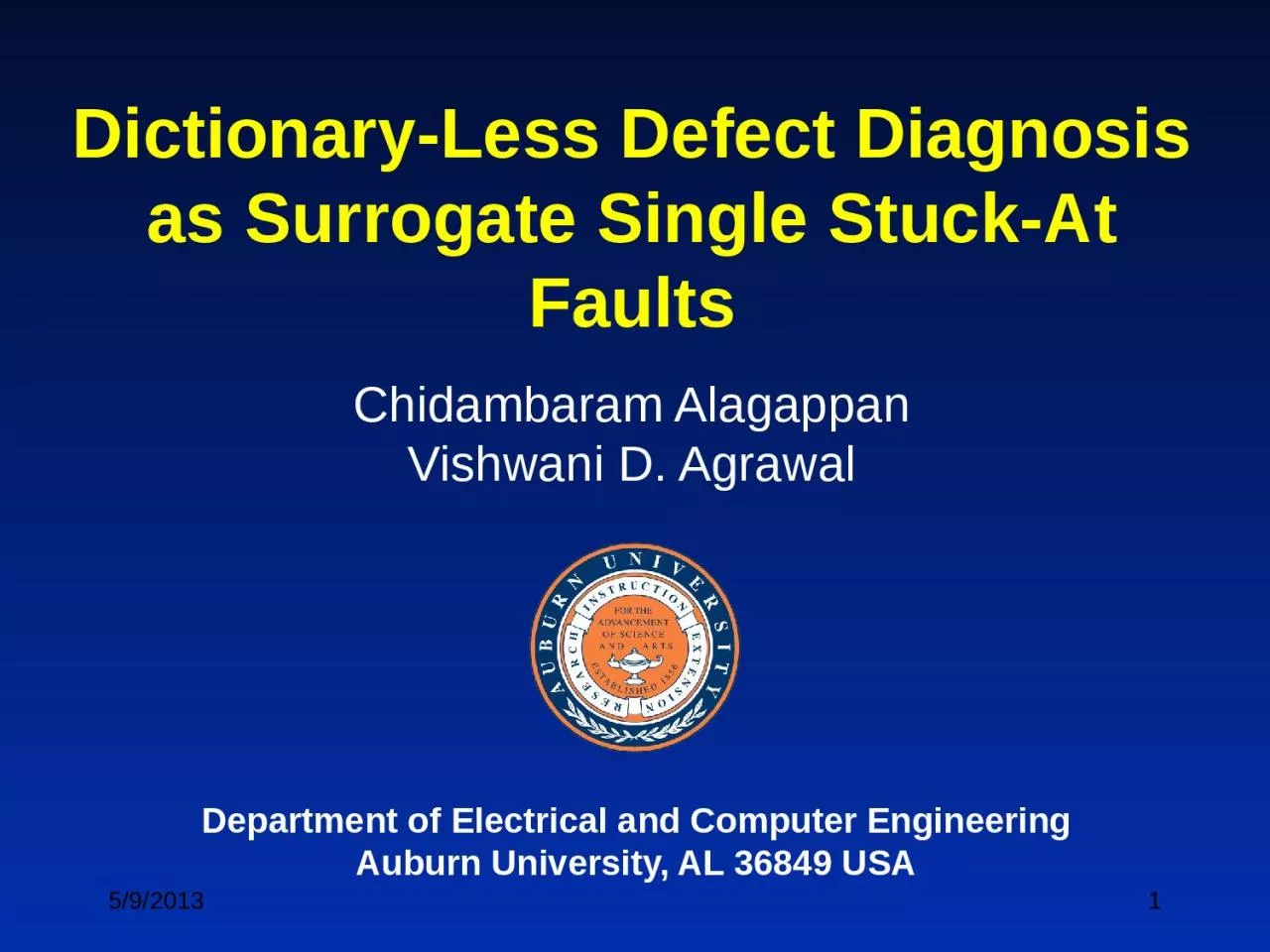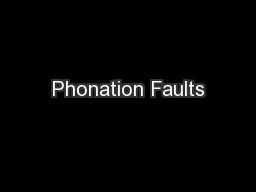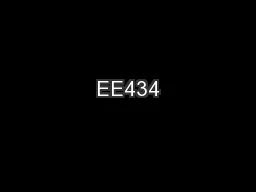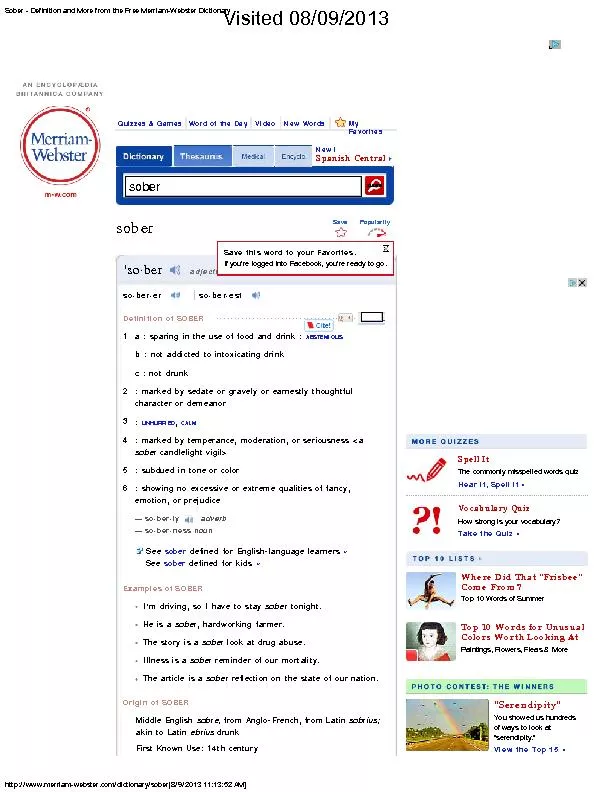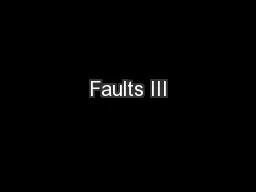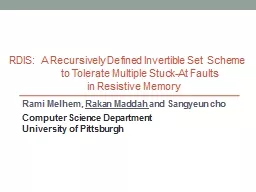PPT-1 Dictionary-Less Defect Diagnosis as Surrogate Single Stuck-At Faults
Author : QuietConfidence | Published Date : 2022-08-01
Chidambaram Alagappan Vishwani D Agrawal Department of Electrical and Computer Engineering Auburn University AL 36849 USA 592013 2 Presentation Outline Purpose
Presentation Embed Code
Download Presentation
Download Presentation The PPT/PDF document "1 Dictionary-Less Defect Diagnosis as Su..." is the property of its rightful owner. Permission is granted to download and print the materials on this website for personal, non-commercial use only, and to display it on your personal computer provided you do not modify the materials and that you retain all copyright notices contained in the materials. By downloading content from our website, you accept the terms of this agreement.
1 Dictionary-Less Defect Diagnosis as Surrogate Single Stuck-At Faults: Transcript
Download Rules Of Document
"1 Dictionary-Less Defect Diagnosis as Surrogate Single Stuck-At Faults"The content belongs to its owner. You may download and print it for personal use, without modification, and keep all copyright notices. By downloading, you agree to these terms.
Related Documents

